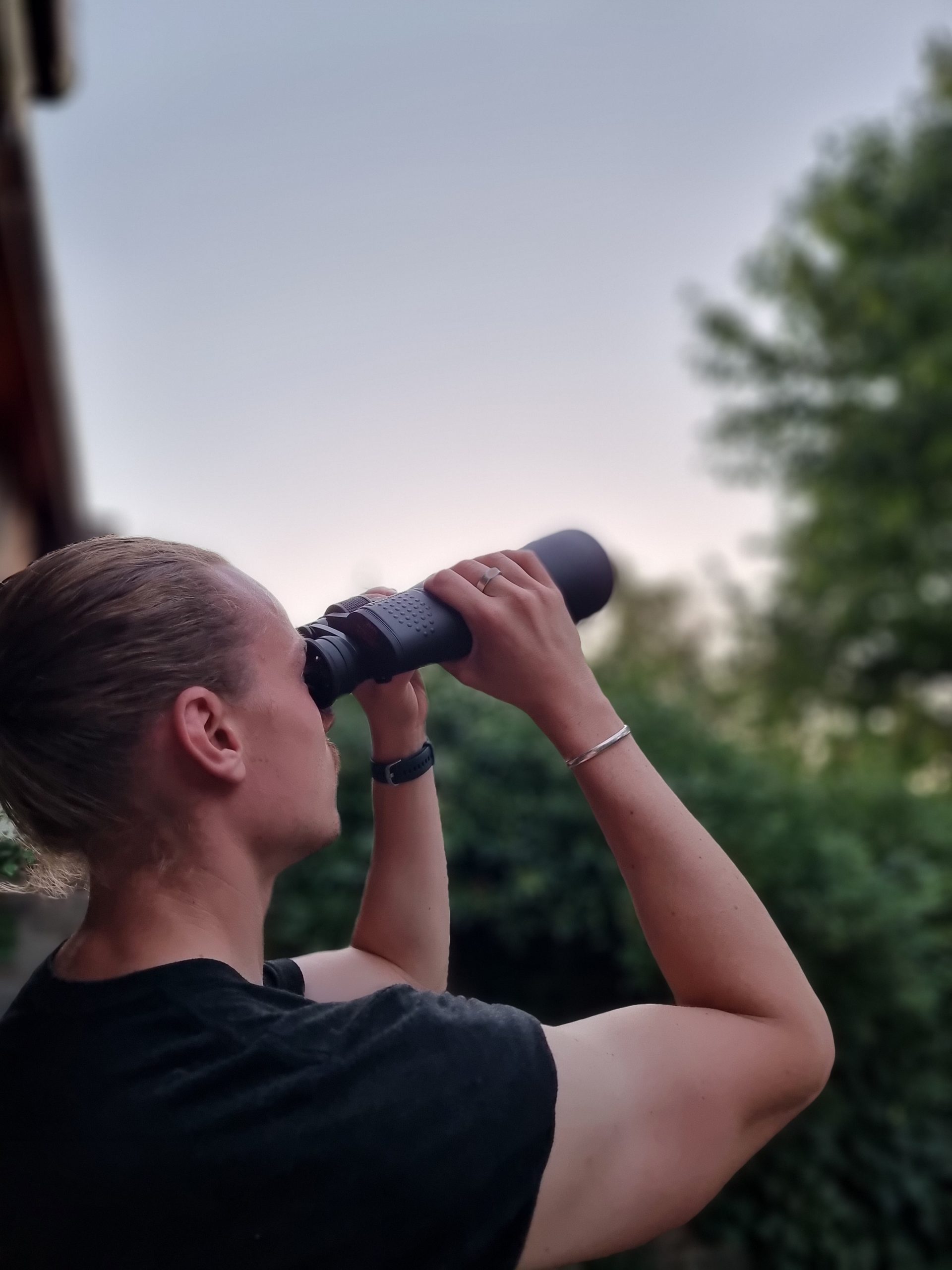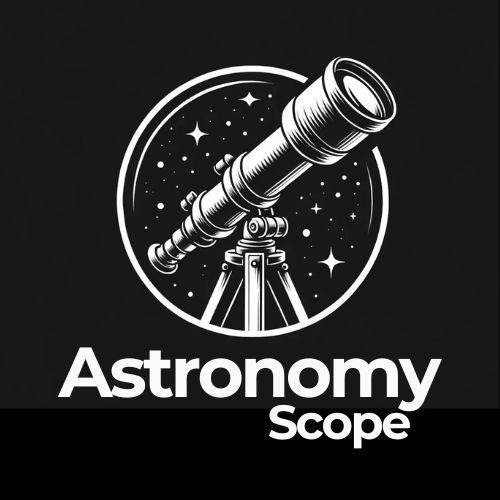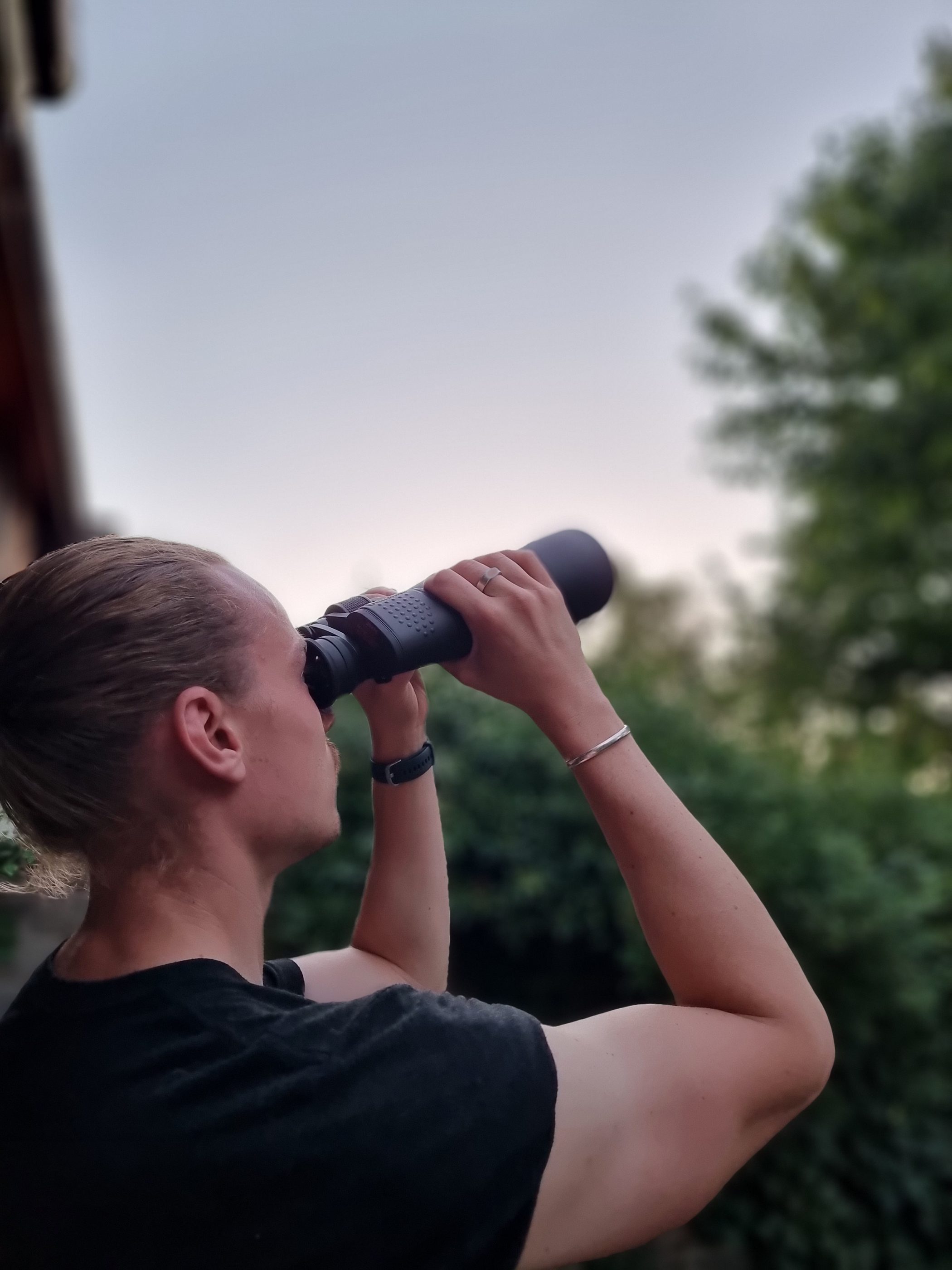Have you recently purchased a new telescope with an Equatorial Mount, or are you looking to buy one? If so, you are going to need to know how to set it up.
This article will introduce you to the Equatorial Mount and provide you with some of the best tips when it comes to setting it up correctly. I’ve recently purchased a telescope with an Equatorial Mount (the Celestron Powerseeker 127EQ Reflector Telescope).
The Equatorial Mount is designed, (once polar aligned, set up, and locked onto a target) to follow your target across the sky. This makes it excellent for stargazing and viewing the various objects in space and the wider universe!
In the last week, I’ve spent a lot of time trying to understand how it works and how to get the most out of it. My first night of viewing was filled with frustration as I didn’t really know how to use it.
I knew it would be difficult to start with, and it is always quite fun learning how to use something for the first time. But I wish there was a guide that I could have followed before I had got started as this would have helped me and got me up and running quicker.
So that’s the goal of this guide; I would like to provide some of the takeaways from my experiences and I’m hoping that this article will help you in understanding how to set up and then actually use your new telescope on an Equatorial Mount.
The truth is, it’s going to take some time to practice and learn how to use it. It will take some skill and time.
Unfortunately, you are not going to be able to just run outside, set it up and aim to see the impressive night sky and all its glory.
Once you can accept this, you can start to have a lot of fun with it. Try to enjoy the learning experience because it will make it a lot easier!
There’s five things you really need to know with the Equatorial Mount. Here are the things you need to do in the setup phase: Align the Finderscope, Level the Tripod, Balance the Telescope, Polar Align, Don’t Touch (Aim Properly).
I will now talk through each one and give you some instructions on how to do each one.
How To Set Up a Telescope with an Equatorial Mount [Step By Step]
Step One: Align the Finderscope
The first thing you’re re going to need to do is to get your Finderscope and align it.
The first time I ever used my Equatorial Mount, I never thought to align the Finderscope and it was just frustrating.
You’re going to want to do this in the daylight as that is when it is the easiest and you’re going to want to aim it at something that’s solid and attached to the earth (like a building in the distance).
So, do not do this with a star because they are moving through the sky.
When finding an object to focus on, make sure it is about a half a mile or more away.
Essentially you just want to get your object lined up dead-center in your Finderscope, and also dead-center in your eyepiece.
Once they are both lined up then it is set up and aligned properly.
To help get the Finderscope centered in your eyepiece, you can loosen or tighten the screws that are holding the Finderscope in place.
This way it can aim in different directions. This is not particularly easy to do and it does take a little time.
But once once you get them lined up it’s going to make everything a thousand times easier.
Make sure you do this in the daylight before it gets dark.
Step Two: Ensure Your Tripod is Level
The next step is to ensure that your tripod is level. I’m going to go into little bit more detail about this to make sure that your telescope is properly balanced.
The first thing is to take your telescope (and mount) to a position in where you want to set up for viewing.
You’re going to need to do the next four steps every time you change location or set up because your tripod needs to be level.
First take your telescope from the mount You can loosen the bottom bolt and this enables you to lift it off. I’ve found that this is the only way that is most helpful for balancing.
Using a good old spirit level is the next thing to do. I’ve found that using apps on my phone doesn’t work very well.
So you need to set it on your spirit level and adjust the legs of the tripod until it’s level in all directions.
It’s important for the polar alignment or otherwise it won’t work properly.
By now, you’ve leveled the tripod.
Step Three: Balance the Telescope
Now you need to balance the telescope.
You need to loosen the clutches so that the telescope can move freely, and you remain polar aligned.
Now the only way that you will move the telescope is on the two axes. You do not want to move the tripod around to aim it where you want to view.
Use a counterweight to balance the tripod and lock the declination so it only moves in one direction. Essentially no matter where you
put it you don’t want it to move.
So with it loose you can put it in any spot and it will stays level.
Now if you were to put it in a spot and started twisting in one direction, it would move the weight up and down the shaft to balance.
If you let go you may notice that that the tube wants to drop. If so, you need to bring the weight down.
Basically, you want to get it in a spot where no matter where you put your scope it’s going to stay level. Keep adjusting until you have leveled the right ascension axis.
Next, you need to twist on a 90 degree angle to balance the declination axis. If it is rolling one way or another you should loosen
the clamps and physically slide the tube up and down until it is balanced.
So by now, you’ve aligned the Finder Scope, leveled the tripod and balanced both axes.
You will be pleased to read that the telescope is close to being used!
In order to track the stars as they move across the night sky you’re going to constantly be moving the telescope.
You’ll have these slow-motion controls that you need to hook up. They’re extremely useful once you get locked in on a target.
You’re going to use these slow-motion controls to lock onto a star or object in the sky
As mentioned at the start of this guide, the Equatorial Mount is designed, (once polar aligned, set up, and locked onto a target) to follow your target across the sky.
To enable this, all you’re going to have to do is twist the right ascension slow motion control cable. By turning this slowly you will automatically track the star in the proper orientation.
The last thing you need to do is to get polar aligned.
Step Four: Get Polar Aligned
When you’re looking at the night sky, you’re only going to be rotating along two axes which will be locked in once you are polar aligned.
For this guide, we are going to get you to aim directly north right at the North Star Polaris.
So if you look at your dial you can see the longitude that is set. You are going to want to search for your location longitude to obtain the degrees of that location. From there you need to adjust the dial to get lined up with the star you want to see.
Once your telescope lines up, if you look down your Finderscope you should notice that the star you are trying to see is directly in the cross-hairs.
You don’t want to alter any of the slow-motion controls, this is all set, centered and locked.
You don’t need to touch or adjust until after you’ve set up in a new location, you can now leave your tripod there.
With polar alignment, you need to remain locked.
Once aligned you can’t just aim at something in a different part of the sky by loosening and swinging the scope to aim at another object.
So by now you’re in polar alignment, you’ve aligned your Finderscope, and are balanced. Now you can finally use the telescope.
Using The Telescope
Begin by loosing your declination clutch and right ascension to move. Remember the mount should stay wherever we initially placed it because it’s balanced.
Now you only have two axes, so it can be quite difficult but theoretically you should be able to aim your scope wherever you want.
You want to make sure it is easy to look through the eyepiece so if required, loosen the two clamps and rotate your entire tube to get things where they need to be.
Just remember that this could cause the scope to get a little out of balance, which you will need to re-balance.
Once you’re set up do not move your tripod, change the angle or move anything.
Once you find and you get locked in on the object all you’re going to have to need to do is track that object through the sky.
To do this adjust your right ascension knob to make sure you will be watching the object and you’ll just be slowly turning that right ascension slow motion control which will be hooked up on the right side.
This is going to track the motion of the object through the sky and once you get to this stage its pretty cool.
So as you can see, setting up an Equatorial Mount can be a challenge but is worth it in the end.
Remember, the main five things you need to do is: Align the Finderscope, Level the Tripod, Balance the Telescope, Polar Align, Don’t Touch (Aim Properly)
If you are really struggling, you can follow this video on YouTube which is helpful for seeing this in action.
By following this guide you will be able to go out and start tracking objects in the sky a lot quicker. The best advice I can give you is to keep practicing and soon enough you’ll get the hang of it!

Hey, my name is Jeremy. I’m a passionate and seasoned astronomer who loves nothing more than observing the night sky. I also love researching, learning, and writing all things Space and the Universe. I created Astronomy Scope to share my knowledge, experience, suggestions, and recommendations of what I have learned along the way while helping anyone to get into and maximize their enjoyment of the hobby.


Great write up and the video help loads you have the same mount as me the EQ1